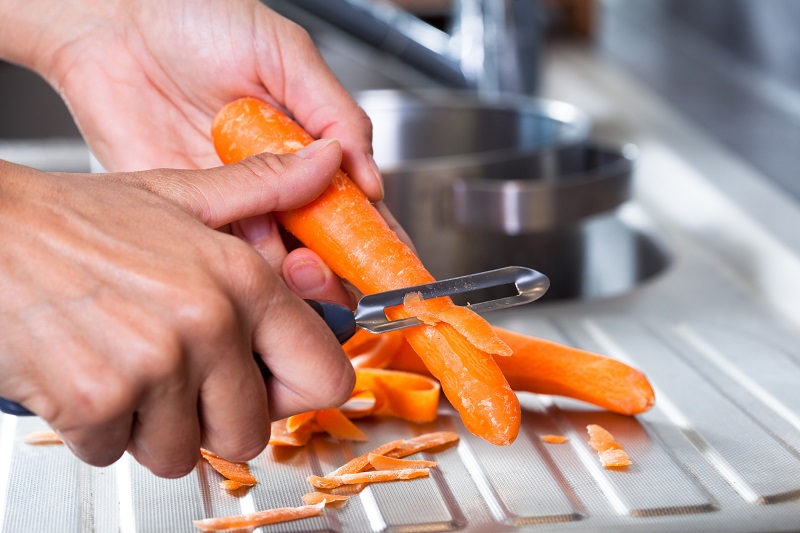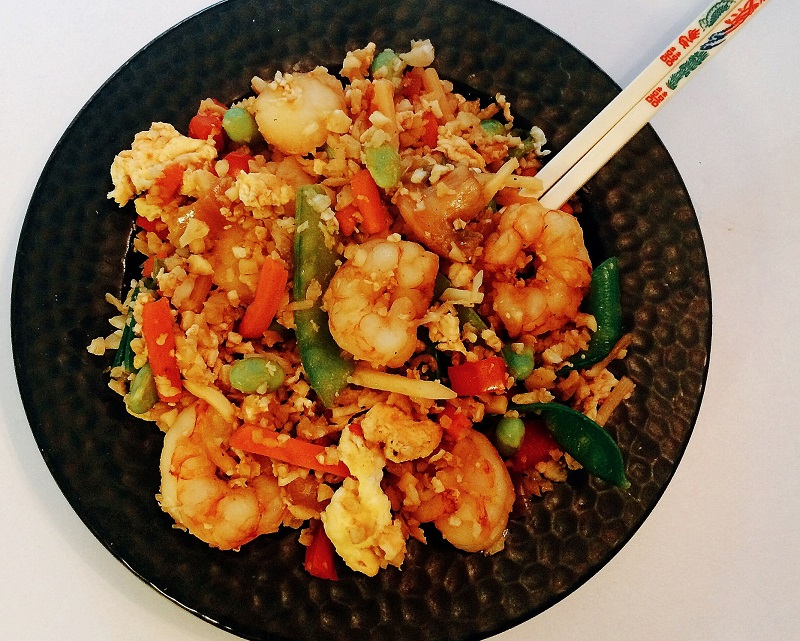5 Myths About Washing Your Produce
Fruits and vegetables are the VIPs of your healthy diet. They’re loaded with immune-boosting vitamins, minerals and antioxidants while also being low in calories. But in the midst of this Coronavirus (COVID-19) pandemic, you worry: is that apple or pear contaminated? Will I become infected if someone with the disease touched my greens? Should I be washing my produce?
Right now, there’s no evidence of food being associated with the transmission of COVID-19, according to the Centers for Disease Control and Prevention (CDC). “It may be possible that a person can get COVID-19 by touching a surface or object that has the virus on it and then touching their own mouth, nose, or possibly their eyes, but this is not thought to be the main way the virus spreads,” says the U.S. Food and Drug Administration (FDA).
Taking precautions when you prep your produce is important to keeping your family safe and healthy. However, there are many myths circulating about the best ways to wash them.
We’re setting the record straight on five common myths about washing produce:
Myth #1: Use soap or produce sprays to wash fruits and veggies.

Truth: Water alone does the job. According to the CDC, FDA and FoodSafety.gov, simply rinsing or rubbing your produce under plain running water gets them clean. Soap is not recommended; neither are those pricey produce sprays. Scientists at the University of Maine conducted a study on three commercial produce washes. They found that water was equally if not more effective in removing microbes. You do need to use soap, however, to wash your hands for a full 20 seconds before and after prepping your fruits and vegetables, says the Center for Food Safety.
Myth #2: Organic produce is clean—no need to wash.

Truth: Germs don’t discriminate. Organic produce might contain less pesticides or other chemical residues. However, according to the Washington State Department of Health, organic and locally grown fruits and veggies can be contaminated by dangerous bacteria during the growing, harvesting and distribution process. “Wash all produce thoroughly under running water before preparing and/or eating, including produce grown at home or bought from a grocery store or farmers’ market,” says the FDA.
Myth #3: Re-wash those “pre-washed” bags of lettuce and spinach.

Truth: According to the FDA, you can enjoy them as is. Packaged containers of greens labeled “pre-washed,” “triple-washed” and “ready-to-eat” really are, well, ready to eat. That’s because they were properly cleaned immediately before going into the bag, explains Washington State Department of Health. “If you choose to wash produce marked as “pre-washed” or “ready-to-eat,” be sure that it does not come in contact with unclean surfaces or utensils. This will help to avoid cross contamination,” says the FDA.
Myth #4: Skip washing if you’re peeling.

Truth: Nope, you still have to clean the skins before removing them. Bacteria and dirt can transfer from your knife to the part you plan to eat while you’re peeling or cutting, says the FDA. On a similar note, always begin with washing fruits and veggies before cutting or slicing.
Myth #5: Diluted bleach is the best way to kill all germs on produce.

Truth: Save it for your sink and countertop. Diluted bleach solutions can be used to clean and disinfect the appropriate surfaces, says the CDC. However, you should keep it away from your food because it can be absorbed by the produce, according to the University of Minnesota extension.
Looking for a healthy meal delivery service? We’re here for you! Learn more about Nutrisystem meal plans >
The post 5 Myths About Washing Your Produce appeared first on The Leaf.
from The Leaf https://ift.tt/2WcDvef




































